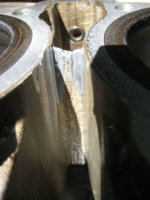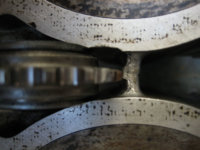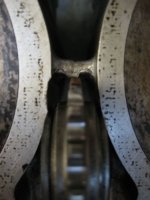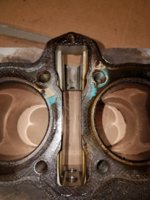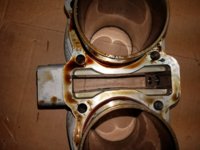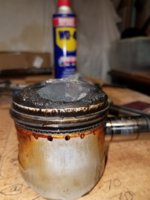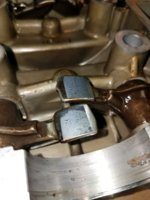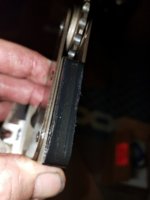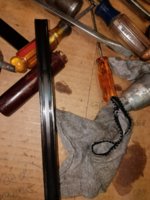Yes, check the cam timing before you remove the chain and cam. Do it with the chain tensioner applied (adjusted). With the rotor mark set at TDC, what you'll be looking for is how far off from vertical the notch in the cam sprocket is.
Well, it's been over a month, just started on the rebuild. Engine on the bench and attempting to check the valve timing. Didn't pull the head cover yet.
My dilemma, I'm using the specs from an XS1-B, that's the manual that came with the bike along with and addendum for the starter and disc brake. XS1-B valves are spec'd at .006 and .012. I have them set at .004 and .006.
The XS1_B book says the intake valve should start to open at 47deg BTDC. I get an average reading of 55deg. OK, from here, if the camchain is stretched, the valve shud open retarded or late or less than 46deg, right?
Sometimes I suffer from inverted thinking.
Jap manuals in the 70's need some interpretation. On the closing of the intake, did they mean start to close or completely close. And it says 67deg after BDC. My #s are way off here.
Does anyone know if the 72 cam is different from a 71? Smedley says it's hotter than later model cams, in fact he recommended using the 72 cam with the 750 kit, but what about 70 and 71?
And, yes, I checked and double checked my TDC.

